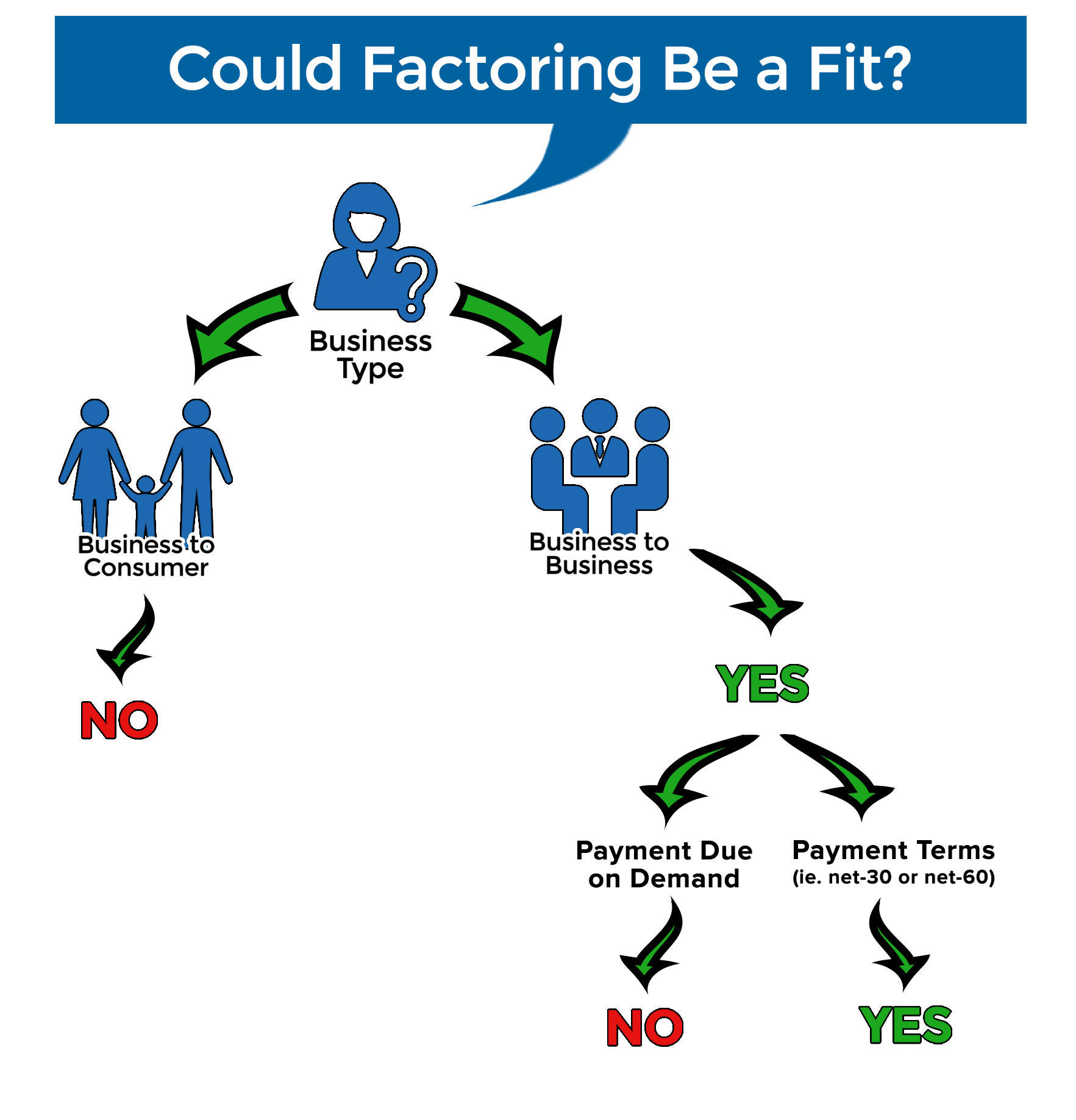

When exchanging capital for receivable factoring, financial businesses can charge service fees of up to 4% of the exchanged amount. Some disadvantages of receivable factoring include: Service fees The pros and cons of receivable factoring are as follows: Disadvantages of receivable factoring There are many potential benefits and disadvantages of receivable factoring, both for the factoring business and the receiving company. Additionally, if a business' customers have high creditworthiness, the business may be able to incite less factoring fees even in a non-recourse agreement. If both businesses agree to allow recourse, however, the exchange may be more liable to have fewer factoring fees.

If an exchange is non-recourse, the financial company may incur more factoring fees as interest in the event that multiple receivables eventually become uncollectible. Related: What Does It Mean To Finance Accounts Receivable? (With Definition and Financing Types) Factoring feesįactoring fees may increase depending on if the receivable factoring is recourse or non-recourse.
FACTORING FINANCE DEFINITION FREE
If a receivable factoring is non-recourse, the financial company can't request capital in return for nonpaying customer credit, making the business that received capital in exchange for receivables free of liability from uncollectible receivables. Recourse factoring transfer means that the financial company can demand money back from the business in the event that the financial company can't collect payment from receivables customers. Transfer rates differ depending on if the receivable factoring is recourse or non-recourse. There are some differences between the two that impact the factoring business, including: Transfer rates non-recourse factoringĪnother element of receivable factoring is the differences between recourse and non-recourse factoring. Related: What Is Invoice Factoring? Advantages and Related Terms Recourse factoring vs. Factoring fees can increase or decrease depending on factors such as industry, the volume of receivables, the creditworthiness of customers and the average days outstanding of receivables.

A factoring fee is a percentage of the amount of receivables the financial company factors. Because a cash payment helps a business sustain more projects than gradual flow from accounts receivables, businesses may invest in accounts receivable factoring to help improve budgets, pay for expenses or prepare for impending costs.įactoring companies charge a factoring fee during the process. Accounts receivables are due amounts to a business, usually consisting of customer credit due amounts that are unavailable to the business as actionable funds.Ĭompanies may factor accounts receivables to improve cash flow rather than waiting on credit dues from customers. What is accounts receivable factoring?Īccounts receivable factoring is when a business sells its accounts receivables to a financial company, or factor, in exchange for cash flow. In this article, we review what accounts receivable factoring is, the difference between recourse and non-recourse factoring, pros and cons of using it as well as examples. Learning more about accounts receivable factoring can help you better understand the financial structure and sustaining strategies of a business. Accounts receivable factoring is a financial transaction that helps businesses exchange receivables for an improved cash flow. Maintaining a company's cash flow is an important part of sustaining a business.


 0 kommentar(er)
0 kommentar(er)
